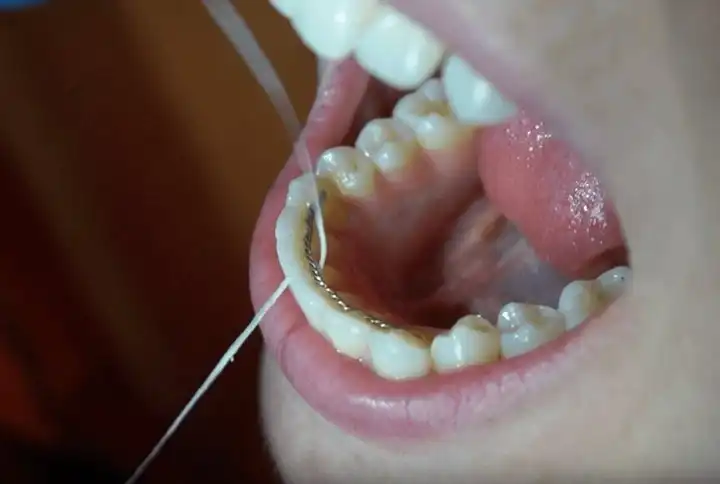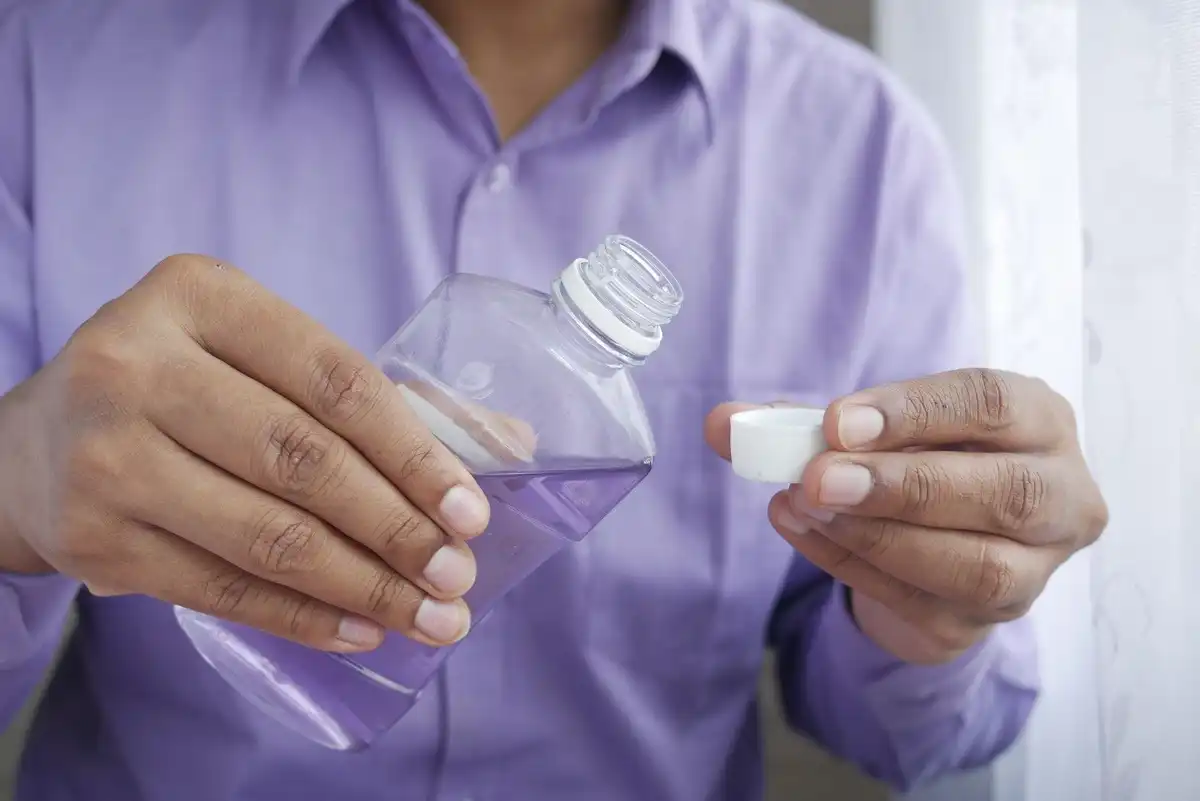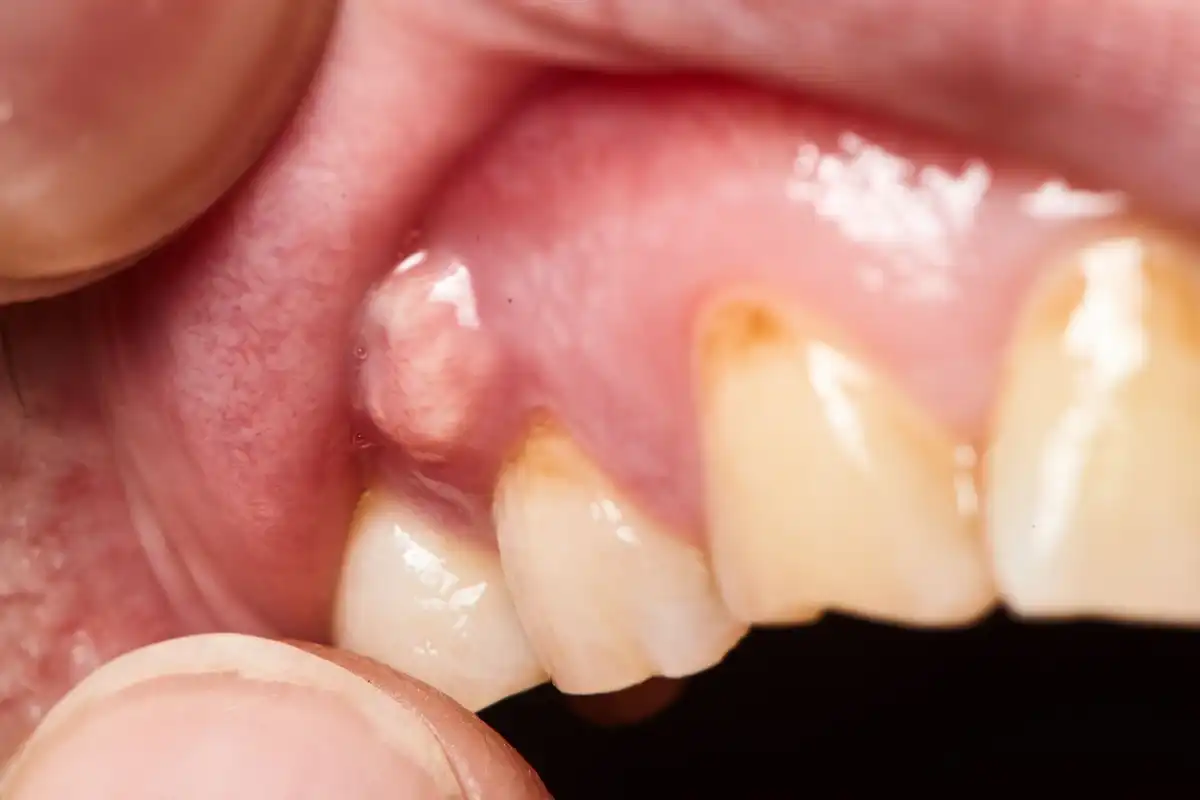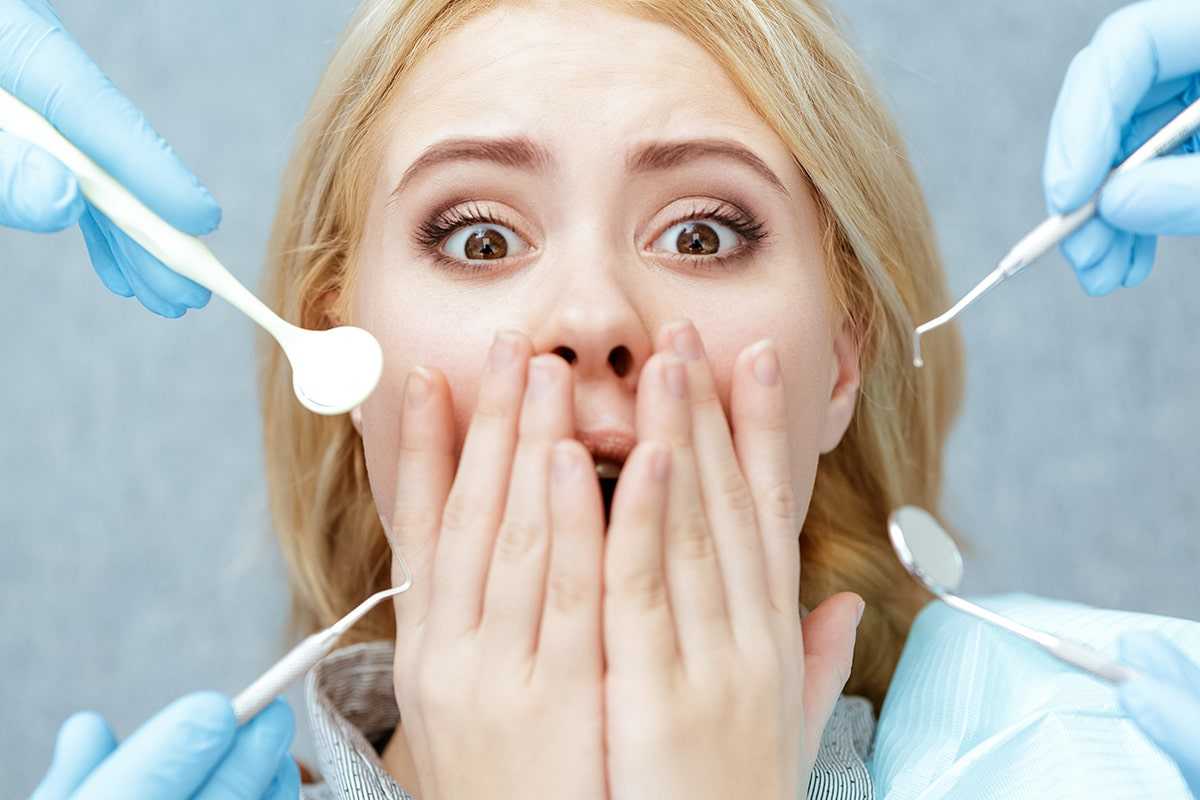How To Get Rid Of A Cold Sore

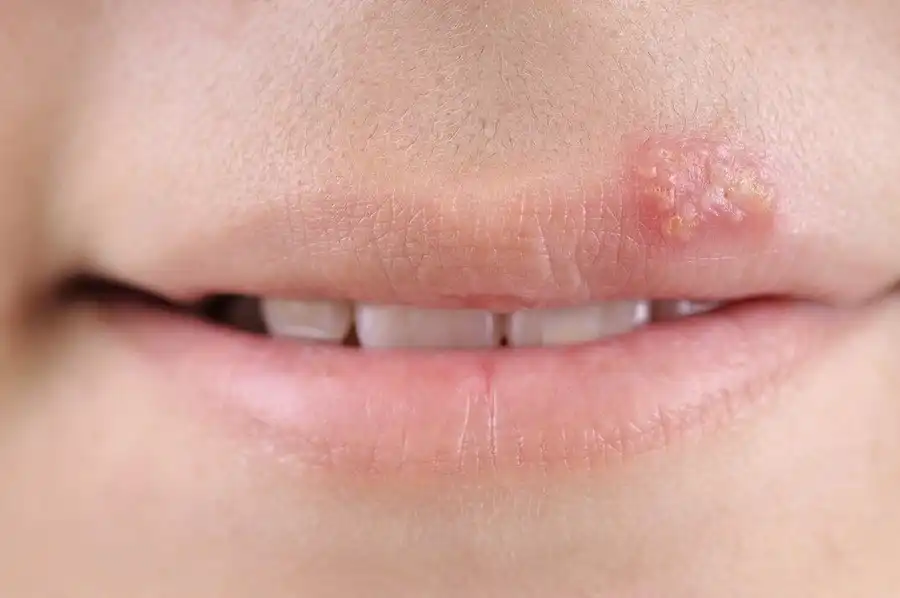
Cold sores are both painful and unsightly. They’re almost always somewhere on your lips or the corner of your mouth. If you have what looks like a really large ulcer or cluster of blisters, it’s likely cold sores. Get rid of cold sores by knowing the warning signs and steps to take when you first feel symptoms popping up!
Unlike regular ulcers, cold sores (aka “fever blisters”) take a lot longer to heal and are caused by the herpes simplex virus. So treatment and management is completely different than how you handle a typical aphthous ulcer.
What Are Cold Sores
To understand what a cold sore is, you need to first explain what causes cold sores. Technically, the condition is referred to as “Herpes labialis”. It’s a specific strain of the herpes simplex virus that affects your mouth.
Once you have the herpes simplex virus inside of your body, the virus can flare up at any time. It’s also closely related to chickenpox and shingles, which are both from other strains of HSV 1. So just like you can get shingles years after having chickenpox, you can have herpes labialis (cold sores/fever blisters) pop up later down the road.
When the virus is inside of your body, it might decide to flare up and cause a new fever blister if you’re exposed to things like:
- stress
- sunlight
- recent illness
Any time your immune system is suppressed, it provides an opportunity for dormant viruses like HSV 1 to pop up and make an appearance.
Cold Sore Symptoms
Cold sore symptoms usually include a small cluster of tiny little ulcers or blisters popping up around your mouth and lips. Before the blisters are visible, you might even feel a tingling or burning sensation.
How To Get Rid Of A Cold Sore
There’s practically never a time when someone just wants to wait their cold sore out. Cold sore stages take forever (ok, only a couple of weeks, but that can seem like an eternity) and be ugly to look at. So, most people want to find a cold sore treatment as soon as they feel the early signs of tingling and burning (which is a symptom of the earliest cold sore stages.)
Although there’s really no way to reverse a cold sore, there are things you can do to limit how big they get and how long they last. Over-the-counter ointments like Abreva (the brand name for an antiviral medication called “docosanol”) can be applied as soon as you feel a cold sore forming. But if you’re someone who tends to get multiple cold sores per year, it might be better to ask your dentist or doctor for a prescription for an antiviral medication.

Some of the most commonly prescribed antiviral medications can speed up healing and include:
- acyclovir
- famciclovir
- penciclovir
- valacyclovir
Depending on which medication it is, it can be a cream you rub directly on top of the cold sore site, or a pill you take by mouth. Just be sure to NOT cross-contaminate your medication by directly touching the tip of the ointment container to your mouth. Otherwise, you’ll spread the virus onto it. Instead, use a separate applicator like a cotton swab for single uses and then throw them away.
If you’re lucky enough to have a dentist with a soft tissue laser in their practice, you can call their office the second you start to feel early cold sore stages of tingling/burning. By treating the area with a laser, your dentist can help get rid of a cold sore in half the time!
Get started with Wisp to treat your cold sores today!
Home Remedies To Get Rid of Cold Sores
Although a home remedy won’t instantly heal you of a cold sore, they may offer some temporary relief during the healing process and ease the pain.
Some people swear by:
- rubbing an ice cube on the area
- rinsing with apple cider vinegar
- dabbing tea tree or peppermint oil on it
- applying a cold compress
- taking lysine regularly
- applying lemon balm
- rubbing propolis on their skin.
If you’re a DIY’er, it doesn’t hurt to give it a go. However, it’s not what I would do if it were my own mouth, because I just like to go for the straight-up scientifically proven cold sore treatments like lasers and antiviral meds!
Cold Sore Stages
The earliest stage of a cold sore on your lip is when it’s first starting to develop. This is the tingling stage. You can’t see anything, but you can feel that there’s something going on. It might even burn just a little bit.
Next, you’ll start to see a blister develop. It might even be a group of blisters. They’ll usually get bigger over the period of a couple of days before they finally start to ooze and weep, which means you’re in the middle stage of having a fever blister.
Finally, all of that ooze will start to crust over. This sign means you’re almost to the healing stage of cold sores. The overall fever blister and crusty area will gradually shrink and go away.
Cold Sore Risk Factors
Once the herpes simplex virus is inside of your body, you can develop cold sores on lips or other parts of your mouth at any given time. However, you’re more prone to get them when your immune system is really strained. That’s why cold sores tend to pop up at times when you’re stressed out or coming down with a bug (hence the name “cold sore”).
But sometimes you can get a fever blister for no apparent reason at all. Something as simple as being out in the sun or eating certain foods might even trigger it. There’s really no good way of knowing exactly when cold sores on lips can pop up. But if you start to notice a pattern, you can get familiar with your body and know what your personal trigger are. That way you can avoid them in the future.
If you’re somebody who gets cold sores regularly, you might be nervous about getting one if you have a big event planned – such as a wedding or job interview. So, in a couple of weeks leading up to your event, be sure to stay super hydrated, take a multi-vitamin, wear sunscreen, eat a balanced diet, and practice good hygiene (handwashing.) And especially don’t kiss or drink after somebody who might have a cold sore on their lips!
Canker Sores Vs. Cold Sores
Not sure if your ulcer is a typical canker sore or a cold sore? Aphthous ulcers (canker sores) are simple ulcers that form inside your mouth, usually because of some type of an irritant (think braces rubbing your cheek or eating something that poked your mouth.) They’re smaller and tend to heal quicker than a cold sore.
With cold sores and fever blisters, the “ulcer” is much larger and usually on the outside of your mouth, just around your lips. Plus, it gets oozy and crusty. And unlike a regular canker sore, cold sores are the result of a virus living inside of your body that will flare up every now and then but be dormant the rest of the time.
Cold Sore Prevention
If you’ve never had a cold sore before, shy away from sharing foods and drinks or kissing someone who is exhibiting cold sore symptoms. And if you do come into contact with someone experiencing symptoms, wash your hands to avoid spread. Otherwise, you’re just asking to get one!
Taking care of yourself, minimizing stress, and applying sunscreen can help lower your chances of getting cold sores to flare-ups.
Overcoming Cold Sores
Fever blisters and cold sores are different from regular oral ulcers. They’re caused by the herpes simplex virus (HSV 1) which is closely related to chickenpox, so avoid swapping saliva or sharing food with anybody who has an active cold sore. Overcoming cold sores and the herpes simplex virus can be tricky but easy if you have the right game plan.
Most cold sores last for a couple of weeks, popping up as blisters and then eventually crusting over. Generally, they’re on the lips or corners of the mouth. If you have medication on hand or a dentist with a laser in their office, you can cut the lifetime of your cold sore so that it heals quicker. Otherwise, cold sores will simply have to run their course.
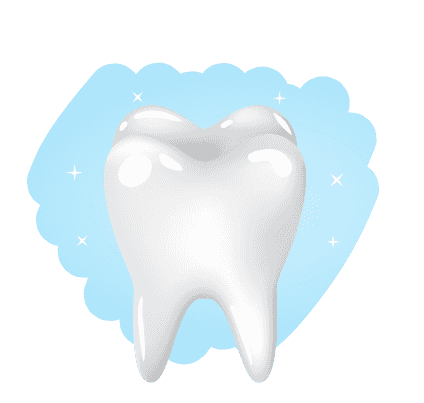
Make your inbox smile!
Subscribe


